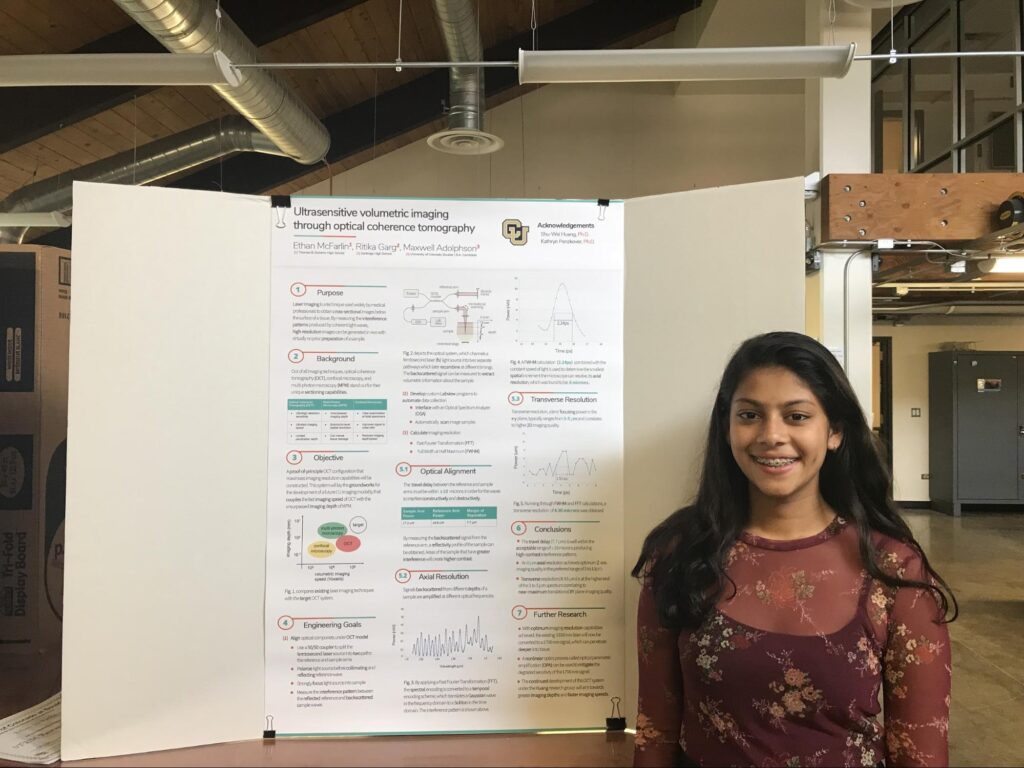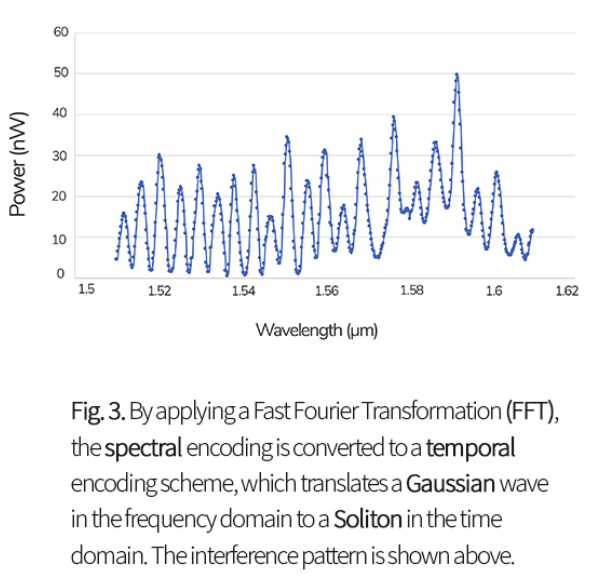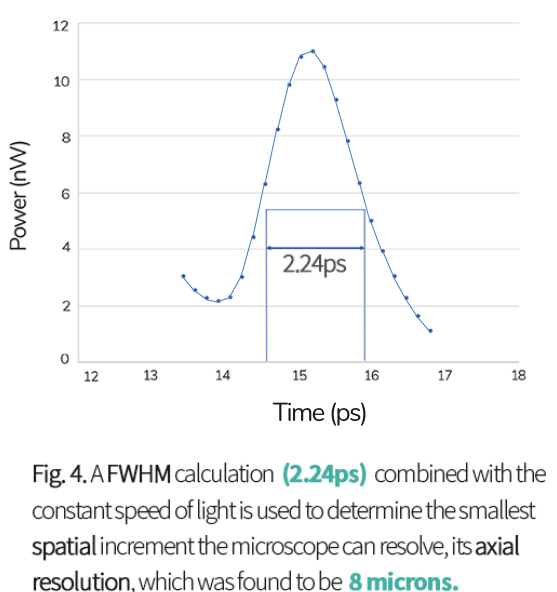
During the summer of 2018, in addition to the Molecular Neuroscience Course I took at the Rosetta Institute of Biomedical Research, I also took part in the STEM Research Experience at the University of Colorado at Boulder. As part of this program, I was given the privilege to work under the direct supervision of the PI of one of the lab’s at CU Boulder. I worked in the Huang Lab, under Dr. Shu-Wei Huang whose lab specialized in optics, nanostructures, and bioengineering. While Part 1 of this series details some of my personal experiences as well as the main objective and premise of my research project, this part–Part 2–details the results of the research project as well as my overall experiences with conducting research for the first time.
As I talked about in Part 1, one of my engineering goals in order to create a optical coherence tomography (OCT) system that can take ultrasensitive volumetric images was to align the components of the OCT model, such as the mirrors, prisms, and lasers, at the precisely correct angles. In order for the images to be the highest quality, the optical alignment had to be perfect. Thus, the travel delay between the reference and sample arm had to be ±10 microns in order for the waves to interfere constructively and destructively. I also had to measure the backscattered signal from the reference arm to obtain the reflectively profile of a sample, such as a fish or mouse brain. Areas from the sample that have greater interference of waves will create higher contrast, resulting in a better picture. Here are the results from my optical alignment of the OCT system:

After aligning all the optical elements, I had to calculate the axial resolution of the laser imaging system. The axial resolution can be found because signals from a sample are backscattered from different depths at different optical frequencies. Through a series of complicated calculations, I was able to find the axial resolution, which was 8 microns:


Similarly, I also had to calculate the transverse resolution, which is a lens’ focusing power in the x-y plane, of the laser imaging system. Typically, the transverse resolution ranges from 3-5 µm and correlates to higher 2D imaging quality. Through a series of complicated calculations, I was also able to find the transverse resolution, which was 4.95 microns:

Ultimately, I drew the following three conclusions from my project:
- The travel delay of 7.7 µm is well within the acceptable range of ±10 microns producing high-contrast imaging patterns.
- A 8 µm axial resolution achieves optimum Z-axis imaging quality in the preferred range of 5 to 10 µm.
- The transverse resolution of 4.95 µm is at the higher end of the 3 to 5 µm spectrum correlating to near-maximum translational XY plane imaging quality.
There are also several future directions for this project: First, with optimum imaging resolution capabilities achieved, the existing 1550 nm laser will now be converted to a 1700 nm signal, which can penetrate deeper into tissue. Second, a nonlinear optics process called optical parametric amplification (OPA) can be used to mitigate the degraded sensitivity of the 1700 nm signal. Third, after my time working in the Huang Lab, the Huang research group continued to develop this OCT system, aiming to reach greater imaging depths and faster imaging speeds.
Since my time at the CU Boulder STEM Research Experience was my first time working in a professional lab environment, I had many different experiences and learnings. This four week period was my first time reading research papers, and initially I found it very hard to do so. Each research paper was filled with endless jargon and technical terms, all of which I could not understand. However, as part of the program, I was given the opportunity to attend research seminars and classes that provided helpful lectures, tips, and resources on how to actually tackle reading research papers. Partly due to these research seminars and partly due to tons of practice, I was able to come up with my own method on how to read research papers, a skill that I greatly value and that has helped me immensely years after the CU Boulder summer program as well.
Another learning I had from this program was that it was extremely different from anything I had ever previously encountered in my school learning. Rarely did I ever get frustrated with my school learning because everything was cut and dry at school. However, with research, you encounter problems; you do things over and over again; you perform several trials; you make mistakes, which derail all the work you have done so far. But, despite the frustration I also learned that unlike in school, where the topics were predetermined and memorization was key, research is freedom to study whatever interests you, and it is never-ending. I had never experienced so much independence in being able to choose what project to work on, how to approach the problem, and where to proceed from there. Additionally, research was pretty much endless; you could keep going on and on and on, discovering new findings throughout the process. What keeps me going when doing research is the realization that I am making a difference — that somewhere out there is someone I am able to help because of the conclusions I am reaching with my own hands, right there in the lab.
